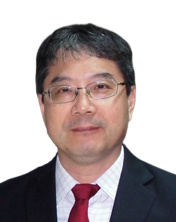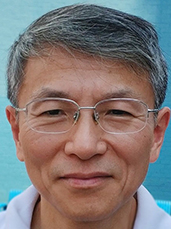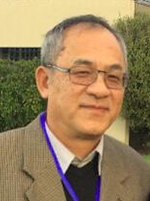





Prof. Ruxu Du
The Chinese University of Hong Kong, HKSAR, China

Prof. Weimin Huang
Nanyang Technological University, Singapore

Prof. Zhan Wen Chen
Auckland University of Technology, New Zealand

Prof. Hamid Assadi
Brunel University London, UK

Prof. Joseph ZARKA
MZ Intelligent Systems, France

Prof. Ziad MOUMNI
ENSTA ParisTech, France

Prof. Rachid bennacer
School Ecole Normale Superieure (Cachan), France

Prof.Raj Das
RMIT University, Australia